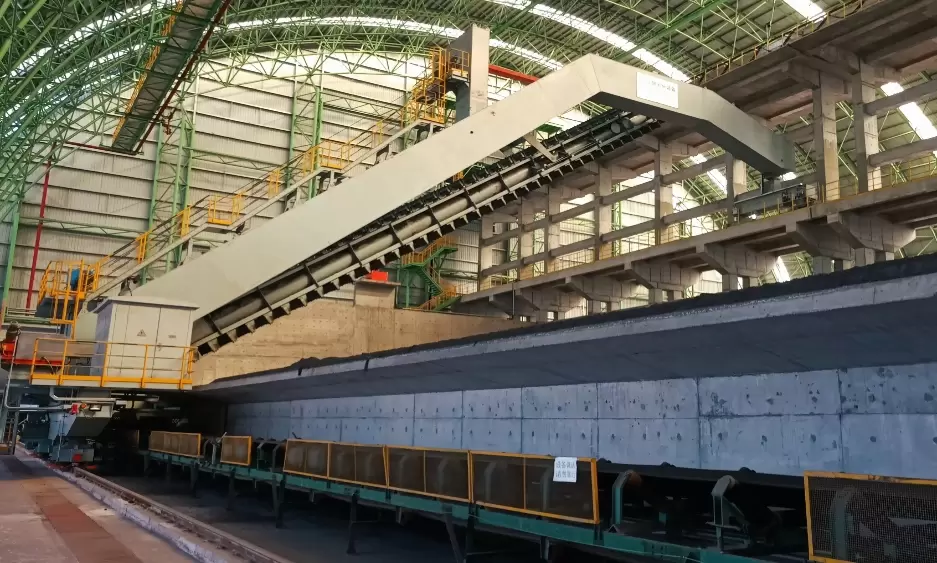Unveiling the Inner Workings: Decoding the Intricate Mechanism of Refrigerators
Refrigerators have become an indispensable part of our daily lives, preserving our food and beverages while keeping them fresh and cool. But have you ever wondered how these marvels of modern technology actually work? In this article, we will delve into the intricate mechanism of refrigerators, exploring the science behind their cooling capabilities and shedding light on the various components that make them function seamlessly.
- The Refrigeration Cycle:
At the heart of every refrigerator lies the refrigeration cycle, a thermodynamic process that enables the transfer of heat from the interior of the fridge to the surrounding environment. This cycle consists of four main components: the compressor, condenser, expansion valve, and evaporator. - Compressor: The Powerhouse:
The compressor acts as the powerhouse of the refrigerator, responsible for compressing the refrigerant gas and increasing its pressure. This process raises the temperature of the gas, transforming it into a high-pressure, high-temperature state. - Condenser: Releasing Heat:
The high-pressure refrigerant gas then flows into the condenser, where it releases heat to the surrounding environment. The condenser, typically located at the back or bottom of the refrigerator, consists of a series of coils that facilitate the transfer of heat from the gas to the air. - Expansion Valve: Pressure Drop:
After the refrigerant has shed its heat, it enters the expansion valve, a small device that causes a significant drop in pressure. As the pressure decreases, the refrigerant transforms into a low-pressure, low-temperature mixture of liquid and gas. - Evaporator: Cooling the Interior:
The low-pressure refrigerant mixture then enters the evaporator, located inside the refrigerator. As the warm air from the interior of the fridge comes into contact with the evaporator coils, the refrigerant absorbs the heat, causing the air to cool down. This process results in the cooling of the refrigerator's interior. - The Role of Refrigerants:
Refrigerants play a crucial role in the refrigeration cycle. These substances have low boiling points, allowing them to change states from gas to liquid and vice versa at relatively low temperatures. Commonly used refrigerants include hydrofluorocarbons (HFCs) and hydrochlorofluorocarbons (HCFCs), which have replaced the ozone-depleting chlorofluorocarbons (CFCs) in modern refrigerators. - Additional Features and Technologies:
Modern refrigerators often incorporate additional features and technologies to enhance their functionality and energy efficiency. These include adjustable temperature settings, automatic defrosting systems, and smart sensors that optimize cooling performance based on usage patterns.
Conclusion:
Understanding the mechanism of refrigerators provides us with a deeper appreciation for the engineering marvels that keep our food fresh and our beverages chilled. From the refrigeration cycle to the role of refrigerants and the incorporation of advanced technologies, refrigerators have come a long way in terms of efficiency and convenience. So the next time you open your refrigerator door, take a moment to marvel at the intricate workings happening behind the scenes.


